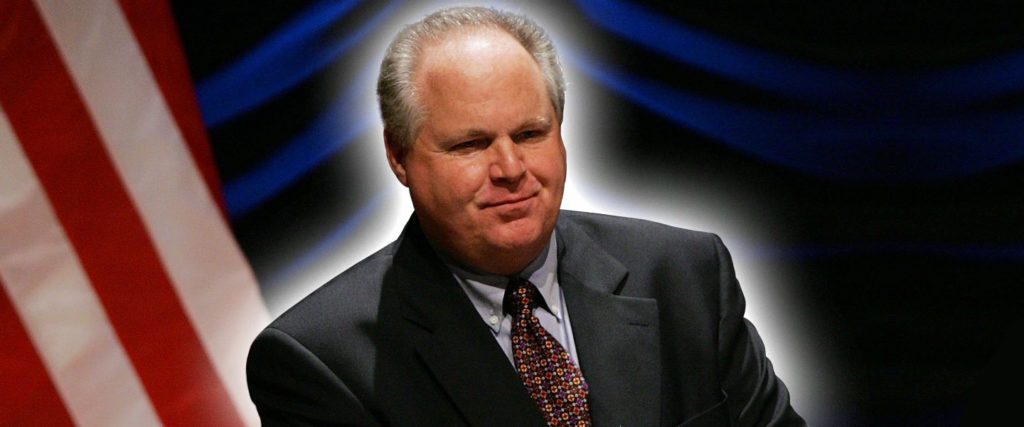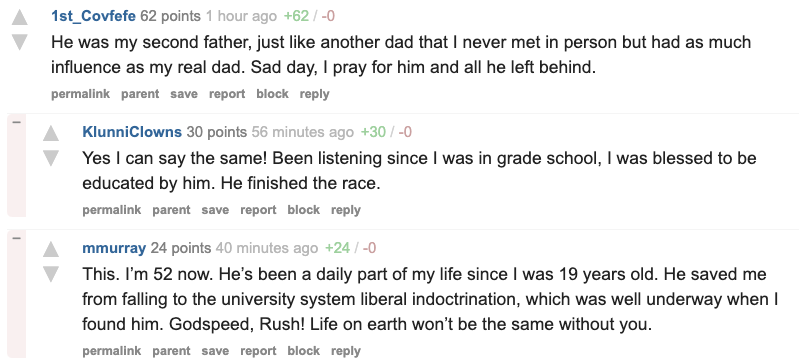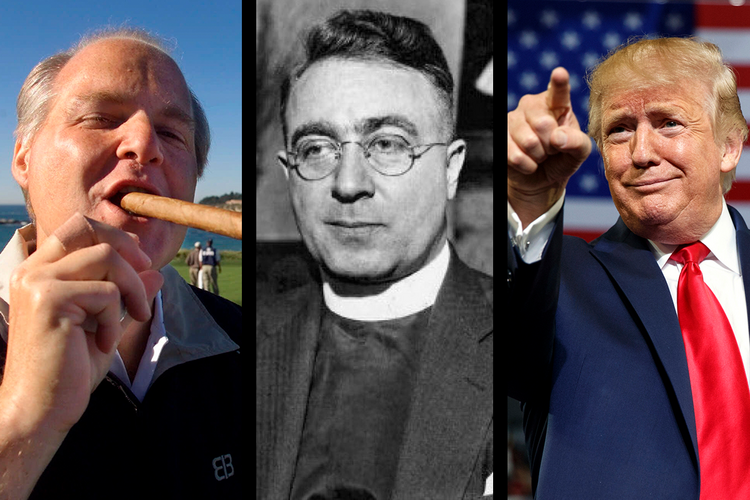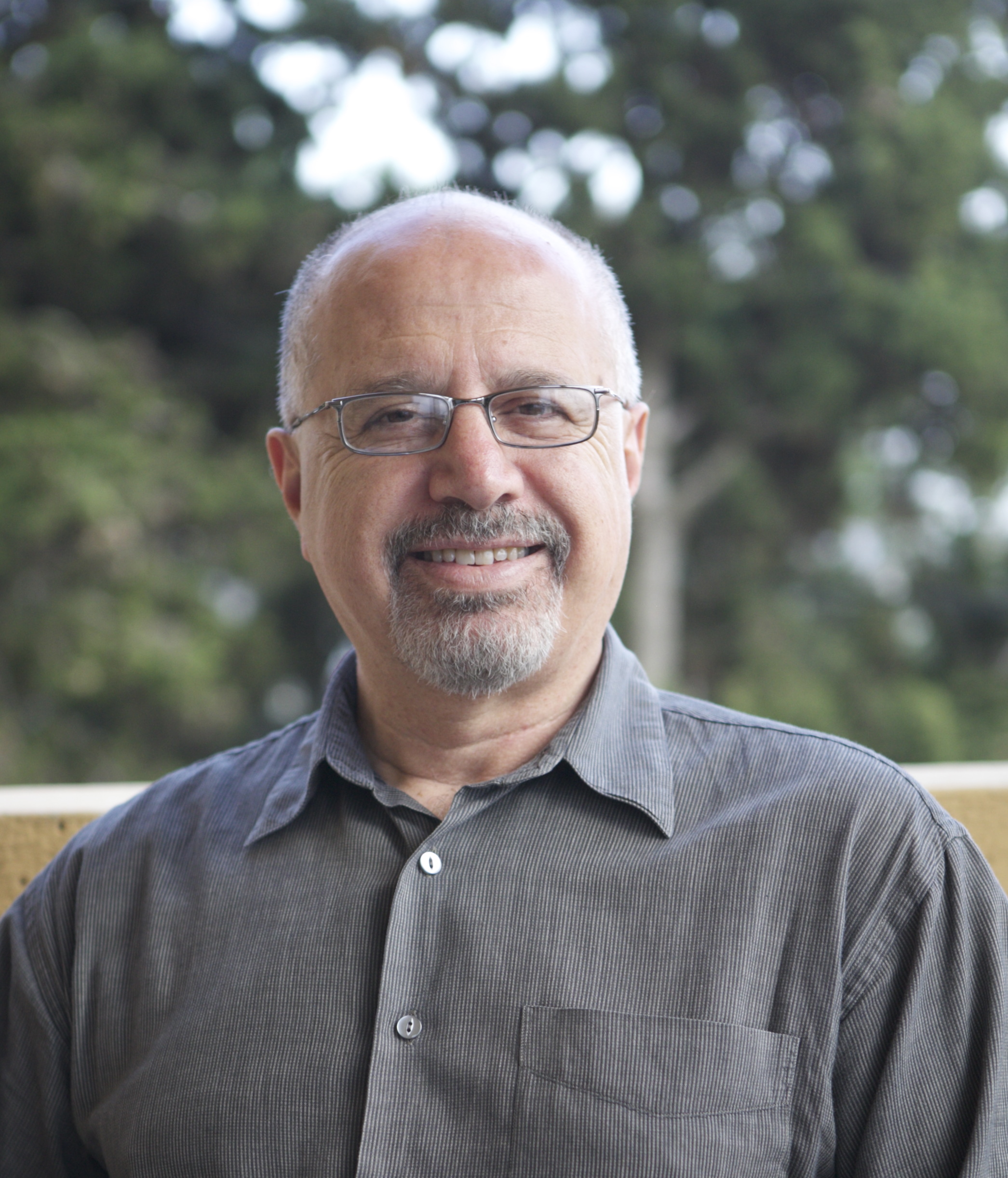
RUSH LIMBAUGH EMBODIED THE RIGHT’S DADDY COMPLEX
The talk radio giant indoctrinated a generation with his fatherly contempt for change
Talk radio titan Rush Limbaugh, dead at 70, is being remembered as a godfather of contemporary American conservatism, with its insistence on cruelty and the rejection of liberalism as unpatriotic. To describe his influence in the language of paternity is more accurate than you might think, as many of his fans discovered him at a young age, then stuck with the pundit as an elder voice of wisdom for decades afterward. It is no exaggeration to say that his audience, which was overwhelmingly male — a 2009 survey showed that men made up 72 percent of his regular listeners — saw him as a kind of dad. In fact, they’re saying as much right now.

Portly, balding, bellowing and often seen to suck a cigar, Limbaugh bore an interesting resemblance in look and demeanor to Archie Bunker, the bigoted patriarch of the 1970s sitcom All in the Family. His diatribes condemning minorities, feminists, environmentalists and pacifists had the sound of a father unloading his frustrations at the dinner table, with no one else able to get a word in. The Christian right has long emphasized traditional family structure, and you get the sense this is what they mean: Daddy knows best, so shut up and learn from him.


A commonplace has it that humans must be taught to hate — ushered into intolerance — and that is what Rush Limbaugh did, with the snarl of an ornery dad who simply tells it like it is, despite what manners would dictate. This exploited a natural vulnerability in younger listeners, who, looking for a way to understand the world, grew accustomed to his complaints, adopting these before experience could set them on another, better path. His propaganda was insidious because he presented it as the antidote to propaganda, a ray of truth amid bullshit, meaning you never needed a second opinion: You were receiving the gospel straight from father’s mouth.
Through a quartet of marriages, Limbaugh had no kids of his own, no namesake to follow in his footsteps. Although the author Zev Chafets, who wrote a biography of him, noted that his views were shaped by his father — that he was always dedicated to “winning his father’s respect and approval” — a direct continuation of dynasty was besides the point, really, too minor in the scope of his project. What is a son or daughter versus an army raised in your image, that speaks as you trained them to, reveres you as paterfamilias and will not dare to question the authority of your status?
He got into the ears of a nation, and there he staked his rotten lineage. It will, I’m afraid, outlast us all.
Miles Klee is MEL’s resident tank-top dirtbag, shitposter and meme expert. He’s also the author of the novel ‘Ivyland’ and a story collection, ‘True False.’
Rush Limbaugh Embodied the Right’s Daddy Complex (melmagazine.com)















